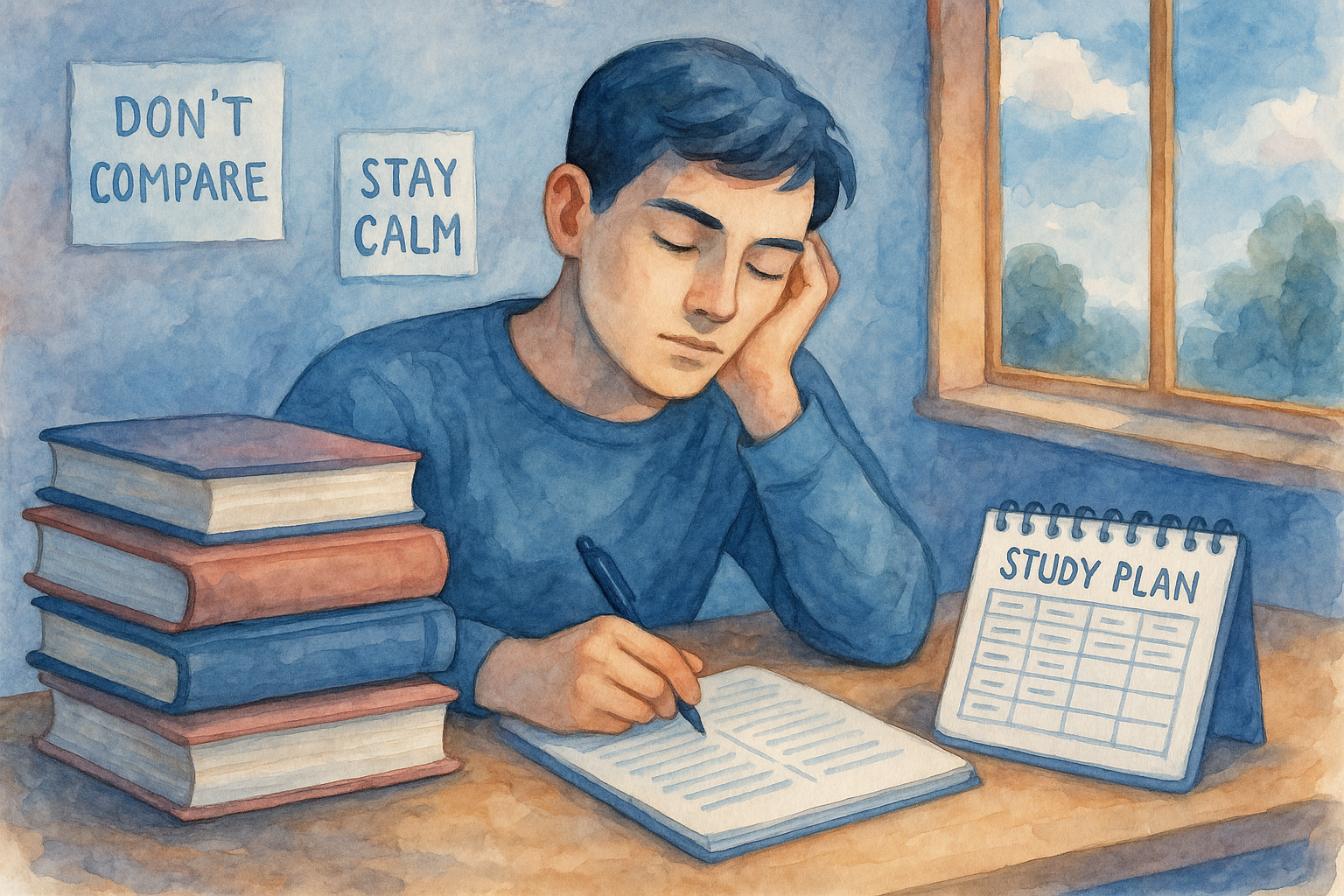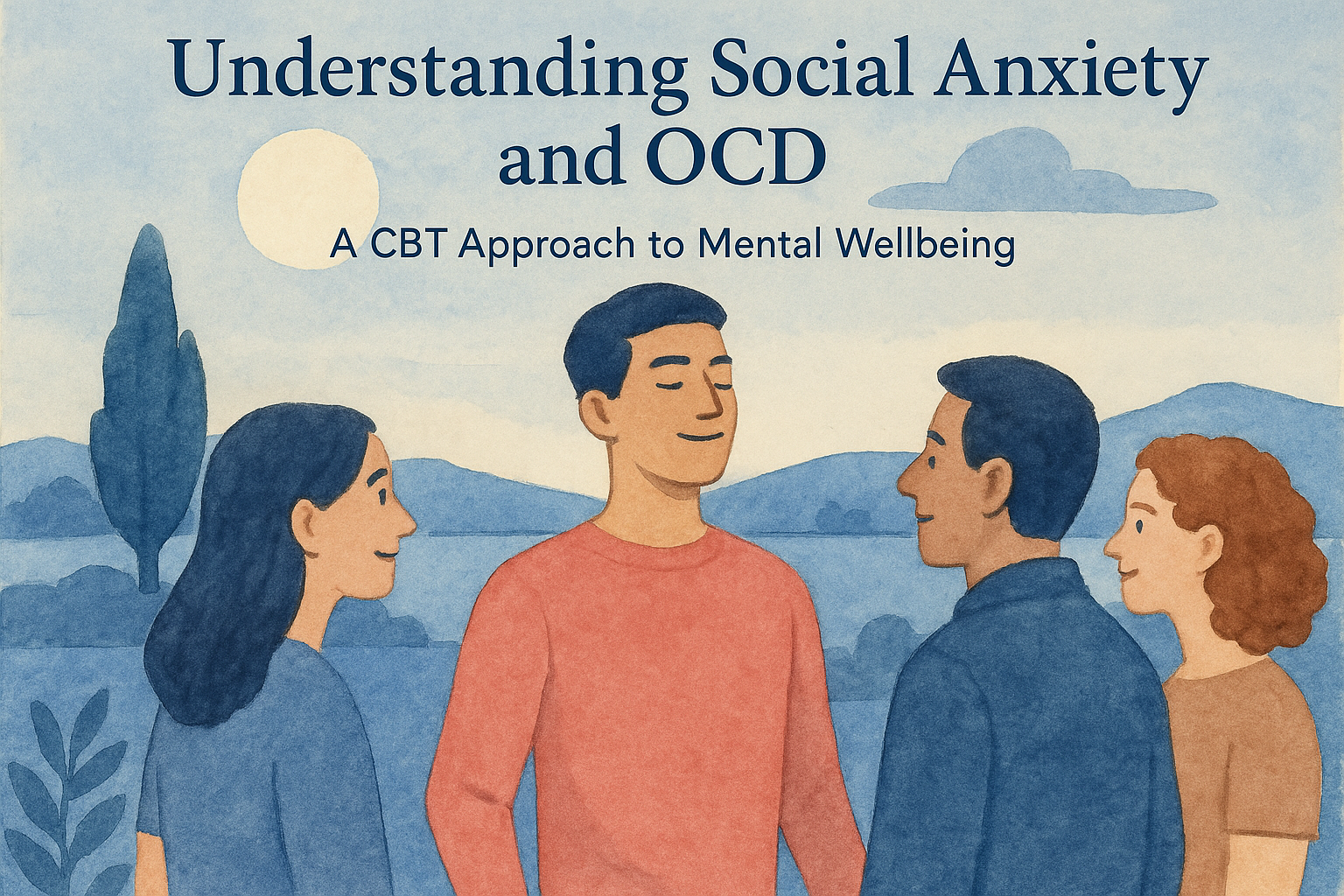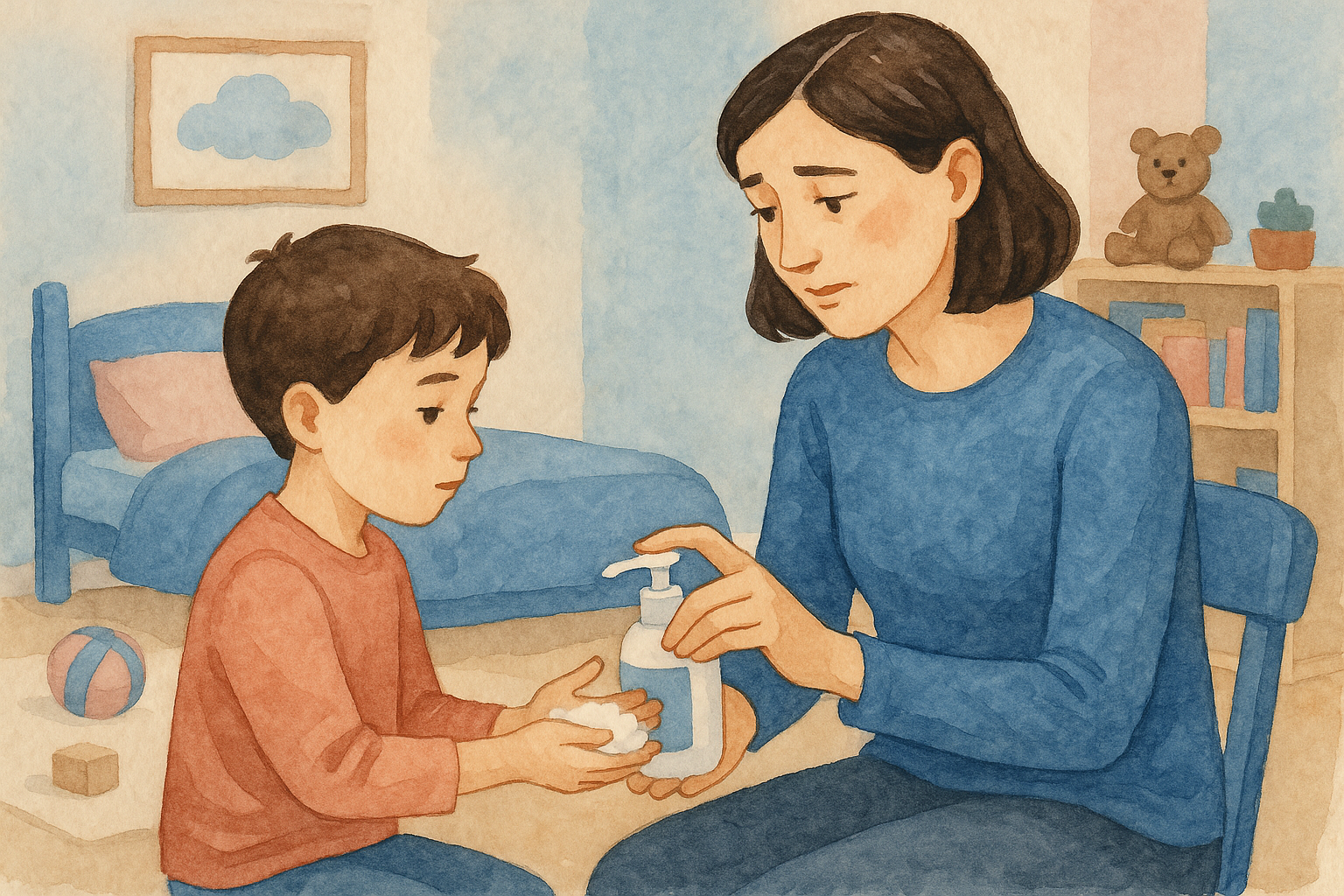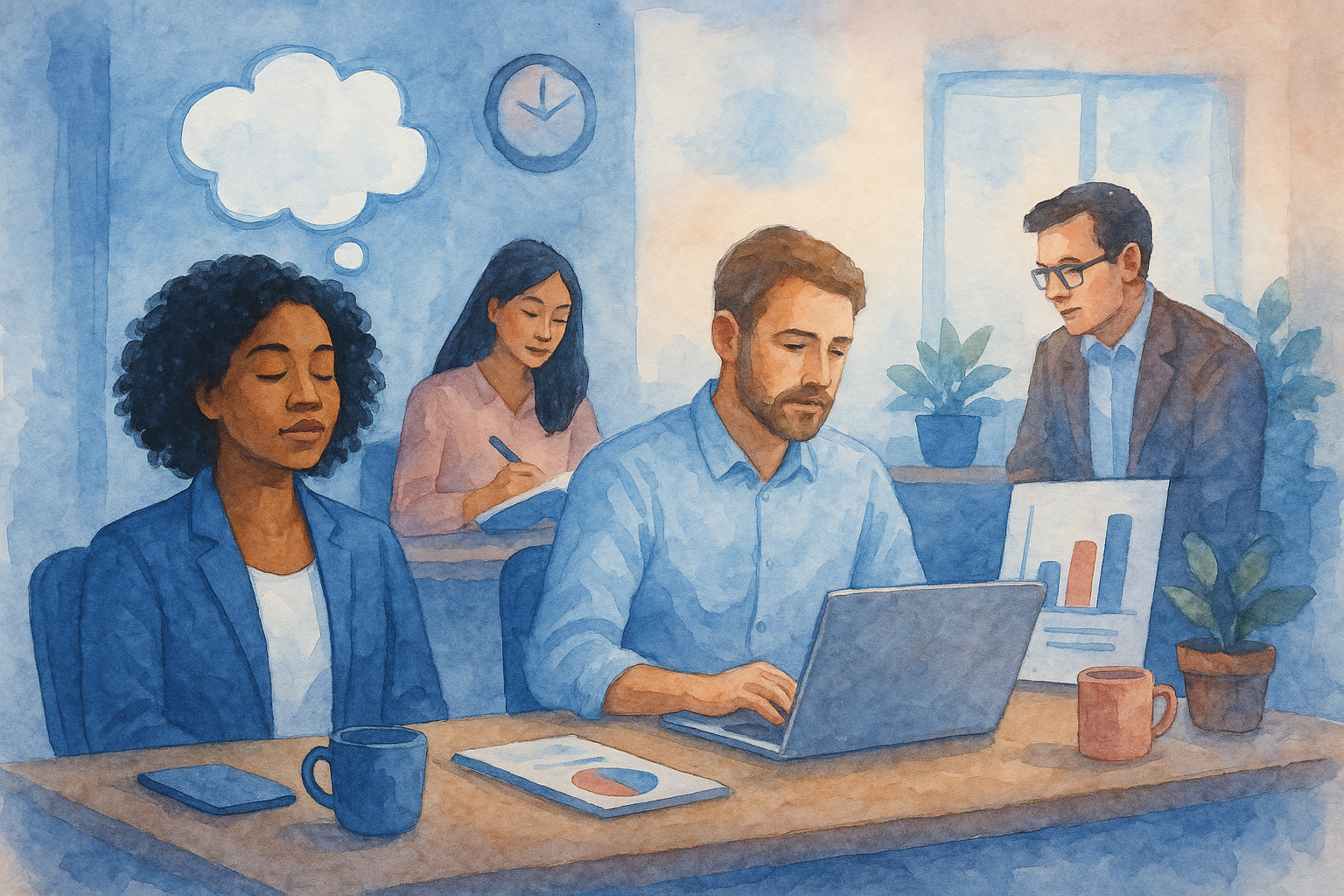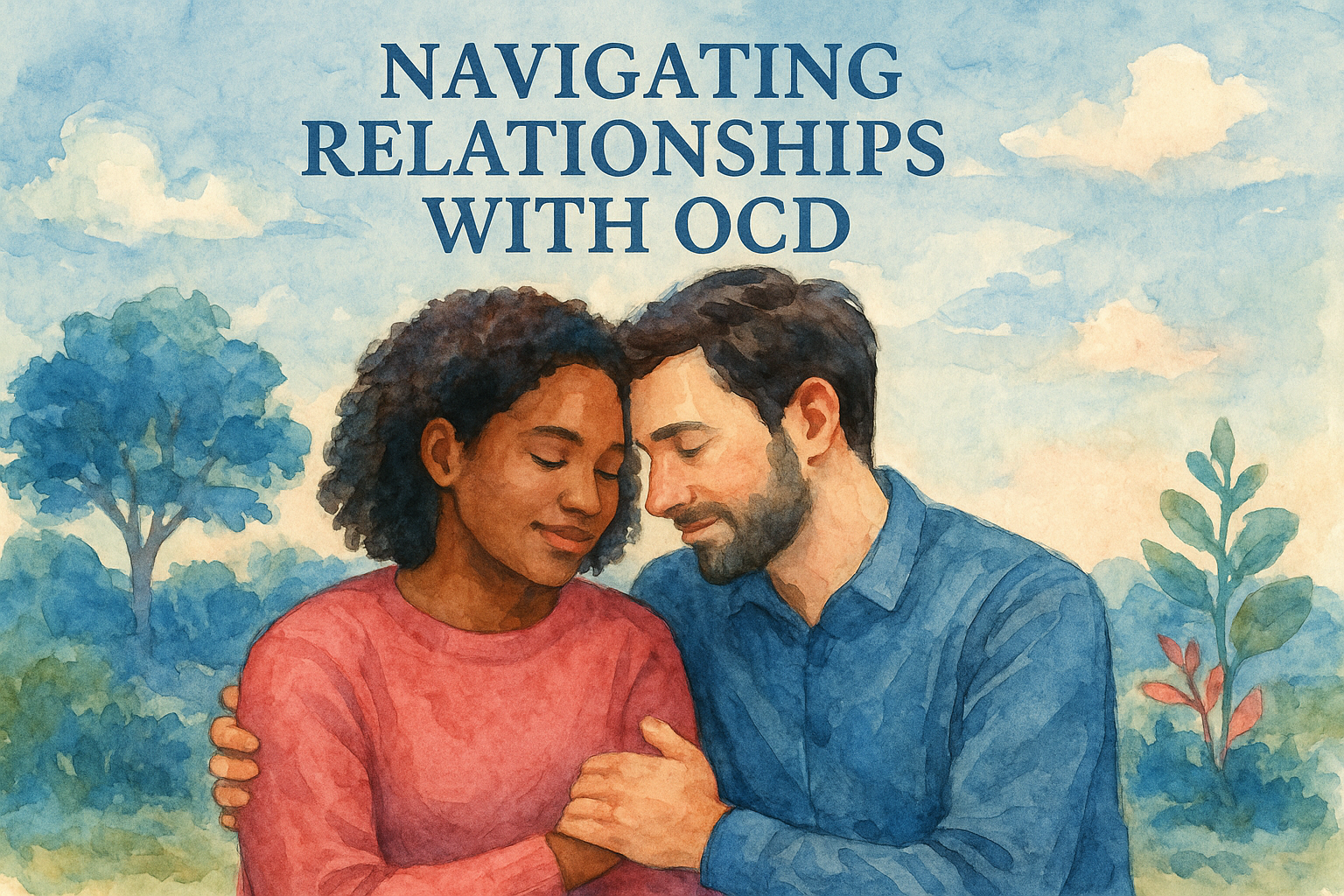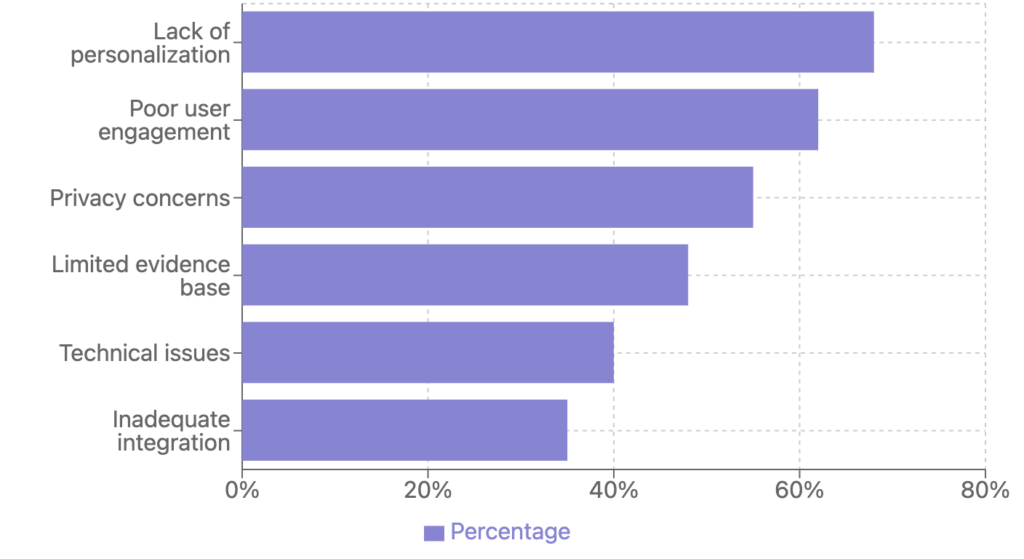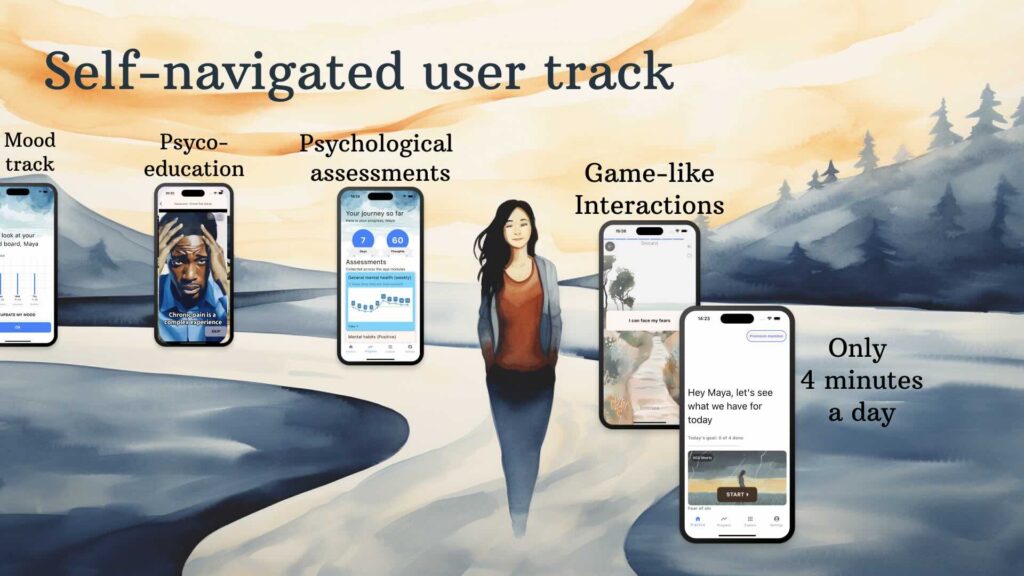Preparing for exams can be particularly challenging for individuals experiencing obsessive-compulsive disorder (OCD) and perfectionism. This article explores the relationship between maladaptive beliefs, cognitive distortions, and study habits, while emphasizing a cognitive-behavioral therapy approach to foster resilience and emotional wellbeing.
Understanding Obsessive-Compulsive Disorder and Perfectionism
Obsessive-Compulsive Disorder (OCD) is a mental health condition characterized by persistent, unwanted thoughts (obsessions) and repetitive behaviors or mental acts (compulsions) that individuals feel driven to perform. For students preparing for exams, the presence of OCD can complicate their study routines significantly. Common obsessions may include fears about failing an exam, uncertainties about their preparedness, or intrusive thoughts about making mistakes. These obsessions can lead to compulsions, such as excessive reviewing of study materials, repetitive note-taking, or re-reading of textbooks until they feel “just right.” This intricate overlap between OCD and exam preparation can create a debilitating cycle, where the drive for perfectionism fuelled by OCD leads to immense stress and, often, poor performance.
Perfectionism itself can manifest in various ways among students. Some may believe that achieving perfect grades is the only acceptable outcome, while others may focus excessively on minute details, neglecting a broader understanding of the content. This drive for perfection can distort time management and study habits, pushing students to spend countless hours on one subject, diminishing their overall productivity. As a result, they may also engage in maladaptive beliefs, such as “I must get the highest grade, or I am a failure,” which can heighten anxiety levels and ultimately lead to burnout.
Real-life examples illustrate the challenges that students with OCD and perfectionism face during exam preparation. Consider Kelly, a high school senior who has always been a straight-A student. During exam season, her internal dialogue becomes increasingly critical, with thoughts like, “What if I forget everything I’ve studied?” or “If I don’t get a perfect score, my future is ruined.” To cope with these intrusive thoughts, Kelly engages in compulsive studying habits, spending hours on end reviewing her notes and flashcards, often at the expense of her health and social life. Despite her incredible efforts, she finds herself feeling more anxious and less confident in her abilities, a paradox where more preparation leads to increased doubt.
Similarly, James, a college sophomore, struggles with the need to write the perfect essay. His obsession with crafting flawless arguments leads him to revise his work multiple times, and he often loses sight of deadlines. When he inevitably encounters a minor mistake in his drafts, his perfectionism spirals out of control. He tells himself, “I can’t submit this; it’s not good enough,” which pushes the essay further down his priority list. The resulting stress not only affects his mental health but also impacts his grades. The irony is that his compulsive striving for academic perfection inhibits his actual performance.
These examples underscore how OCD and perfectionism can lead to maladaptive thought patterns and behaviors, ultimately undermining students’ academic ambitions and emotional wellbeing. When students become entangled in a web of compulsive behaviors aimed at achieving high standards, they can also cultivate cognitive distortions that exacerbate exam anxiety. These distortions are flawed thinking patterns that reinforce negative attitudes towards their capabilities.
In contrast to this cycle of negative thinking, it’s crucial to recognize the benefits of healthier, more adaptive thought patterns. By practicing self-compassion and acceptance of imperfection, students can empower themselves to face their academic challenges with a more balanced mindset. For instance, instead of the all-or-nothing thinking that might make them feel destined to fail if they aren’t perfect, students can adopt a more nuanced perspective that emphasizes growth: “I can learn from my mistakes and improve next time.” This helps break the harmful link between self-worth and academic performance.
Additionally, fostering a mindset that views exams as opportunities for learning rather than definitive assessments of intelligence can significantly alleviate some of the pressure students feel. When Kenneth, another student plagued by perfectionism, reframes his upcoming exam as an opportunity to demonstrate what he has learned rather than as a test of his worth, his anxiety decreases. He begins to focus on effective study strategies rather than striving for an unachievable ideal.
The journey through OCD and perfectionism during exam preparation is undoubtedly fraught with challenges, but understanding these dynamics can serve as a stabilizing force for students. Viewing exams through a lens of resilience rather than pressure allows for a more sustainable approach to studying and mental wellbeing. In terms of practical strategies, incorporating techniques from Cognitive Behavioral Therapy (CBT) can help students redirect their thought processes, offering tools to counteract the cognitive distortions associated with OCD and perfectionism. By committing to gradual exposure to imperfections in their study habits and embracing the possibility of ‘good enough,’ students can find a balance that promotes healthier, more effective study patterns, ultimately bolstering their confidence and performance during exams.
Cognitive Distortions and Their Role in Exam Anxiety
Cognitive distortions are pervasive negative thinking patterns that often surface during high-pressure situations, such as exam preparation, especially for individuals grappling with obsessive-compulsive disorder (OCD) and perfectionism. These distorted thoughts can create significant barriers to effective studying and overall mental wellbeing. Understanding and identifying these cognitive distortions is crucial for students seeking to improve their study habits and reduce anxiety during exam periods.
One common cognitive distortion is **catastrophizing**, which involves imagining the worst-case scenario and treating it as a likely outcome. For instance, a student preparing for an important exam might convince themselves, “If I don’t score perfectly, my whole future is ruined.” This type of exaggerated thinking can paralyze students, leaving them unable to start their study sessions as they ruminate on potential failures. Instead of focusing on manageable study goals, they become consumed by fear, which hampers their ability to engage with the material effectively. By framing failure in an exaggeratedly negative light, students with OCD and perfectionistic tendencies inadvertently decrease their motivation and amplify their anxiety.
In contrast, a more supportive approach would be to challenge this catastrophic thought by asking, “What is the actual likelihood that not getting a perfect score will ruin my future?” Debating these extreme beliefs can lead to more balanced thinking, such as, “I might not achieve a perfect score, but I can still do well, and each exam is just one part of my educational journey.” This cognitive reframing allows students to ruin the all-or-nothing mindset that hinders their study efforts.
Another common cognitive distortion is **all-or-nothing thinking**, which can lead students to view situations in black or white terms. This could manifest during exam preparation when a student tells themselves, “Either I understand all the material completely, or I’m a total failure.” This mindset can drive them to spend excessive time on small details rather than making progress across larger topics, which is counterproductive. Instead of engaging with the study material holistically, they become trapped in a cycle of endless review and revision, often spiraling deeper into anxiety.
A helpful alternative to this all-or-nothing mindset is to adopt a more flexible thinking pattern. For example, a student might reframe their thoughts by saying, “I don’t have to know everything perfectly; I can prioritize important topics and strengthen my understanding of weaker areas.” This adaptive approach allows for incremental progress, reducing stress and increasing confidence.
**Overgeneralization** is yet another cognitive distortion that students may experience while preparing for exams. This involves taking a single negative event and applying its outcome broadly to all situations. For example, if a student performs poorly on a practice test, they might think, “I always mess up on tests; I’ll probably fail this exam too.” Such overgeneralization can lead to a pervasive sense of hopelessness and defeat, discouraging students from engaging with their studies for fear of repeating past mistakes.
In a more balanced frame of mind, the same student could recognize that one poor practice test does not determine their overall capabilities or future performance. They might reflect, “I didn’t do as well on this practice test as I hoped, but I can learn from my mistakes and improve. With targeted study, I can perform better.” Such reframing empowers students to view setbacks as opportunities for growth rather than as definitive proof of their inadequacies.
Understanding these cognitive distortions provides students with the tools to navigate their exam anxieties and improve their study habits. Challenging catastrophic thinking, encouraging flexibility in thought, and avoiding overgeneralizations are all steps that promote a healthier mental state during stress-laden periods. Rather than succumbing to the pressure of perfectionism fueled by OCD, students can learn to develop a more supportive inner dialogue that fosters resilience and effective studying.
Incorporating this knowledge not only allows students to tackle their exam preparation more effectively, but it also cultivates a foundation of mental wellbeing that extends beyond academic performance. As students become more attuned to their thought patterns and the ways they impact their behaviour, they forge a path toward both academic success and personal growth, preparing them to face challenges with a more balanced perspective.
Embracing Cognitive Behavioral Therapy for Better Study Habits
Embracing Cognitive Behavioral Therapy for Better Study Habits
The journey of preparing for exams can be especially daunting for those grappling with obsessive-compulsive disorder (OCD) and perfectionism. These conditions can intensify the pressure on students, leading to unhealthy study habits and exacerbated anxiety. Cognitive Behavioral Therapy (CBT) offers a promising avenue for addressing these maladaptive beliefs. By engaging with the core principles of CBT, students can learn to challenge their negative thought patterns, leading to more effective and productive study habits.
To understand how CBT can be integrated into study routines, it’s essential to familiarize ourselves with its foundational strategies. At its core, CBT is designed to identify and modify distorted thinking patterns, thereby fostering a shift toward more flexible and realistic viewpoints. This process begins with recognizing negative thoughts that surface during the study process, such as fear of failure, the need for perfection, or catastrophic thinking associated with exam performance.
One widely used CBT technique is cognitive restructuring, which involves retraining the brain to shift from negative to positive thought processes. For instance, a student with OCD preparing for an exam may perceive their study notes as inadequate, prompting endless revision and a cycle of procrastination due to perfectionism. By teaching the student to reframe their internal dialogue, such as transforming “If I don’t get 100% on this exam, I will fail” to “I have prepared thoroughly, and my best effort is enough, even if it’s not perfect,” CBT encourages a more balanced perspective.
Another effective CBT strategy is behavioral activation, which encourages students to engage in structured study schedules rather than isolating themselves in endless review sessions. This method promotes the development of a routine that incorporates study breaks and leisure activities, essential for maintaining mental wellbeing. For example, a student might allocate specific times for focused study followed by rewarding themselves with a short walk or a favorite activity. This balanced approach not only mitigates feelings of overwhelm but also reinforces positive habits over time.
Several case studies exemplify the successful application of CBT in transforming study habits. Take Sarah, for instance, a university student diagnosed with OCD. As exams loomed, she found herself immersed in compulsive reviewing to ensure that all her notes were immaculate. Her CBT therapist guided her in identifying the cognitive distortions at play, particularly her all-or-nothing thinking. Together, they worked to set more achievable study goals, such as completing one chapter per day with concentrated focus instead of her previous aim of perfection. By adopting this structured approach and reinforcing positive affirmations like “Completing this chapter well is a significant achievement,” Sarah experienced a shift in her study habits, resulting in reduced anxiety and improved productivity.
Similarly, John, another student battling perfectionism, often succumbed to feelings of inadequacy in the face of his peers. This comparison fueled his cognitive distortions, especially overgeneralization; he believed that if he didn’t perform at the top of his class, he was a failure. Through CBT, John learned to challenge these thoughts by recognizing that everyone’s study journey is unique. He began to keep a ‘success journal,’ noting even small achievements like completing a chapter or seeking help for a difficult topic. Over time, he cultivated a sense of accomplishment that diminished the grip of perfectionism on his exam preparation.
Moreover, CBT emphasizes the importance of mindfulness techniques, which can enhance the overall effectiveness of study sessions. Mindfulness encourages students to stay present and aware, minimizing distractions that often lead to compulsive behaviors. Incorporating short mindfulness exercises before studying, such as deep breathing or grounding techniques, can help students approach their material with a calmer mindset and clearer focus.
In both Sarah’s and John’s cases, the gradual implementation of CBT strategies significantly improved their mental wellbeing and study habits leading up to their exams. By addressing their cognitive distortions and fostering more adaptive thought patterns, they emerged from their challenges not only more prepared academically but also with resilience tools that extend beyond exam preparation.
Ultimately, embracing Cognitive Behavioral Therapy as a methodological tool empowers students to navigate the complexities of studying with OCD and perfectionism. Through the reframing of negative thoughts and the cultivation of flexible thinking patterns, students can establish healthier study habits that promote both effectiveness and mental wellbeing during the taxing exam preparation period. Encouraging this approach not only benefits academic performance but also fosters a lifelong commitment to mental health and resilience.
Conclusions
Recognizing and reframing cognitive distortions through cognitive-behavioral therapy can significantly improve exam preparation experiences for those grappling with OCD and perfectionism. By fostering flexible thinking patterns, individuals can enhance their resilience and approach studying with greater self-compassion and understanding.
